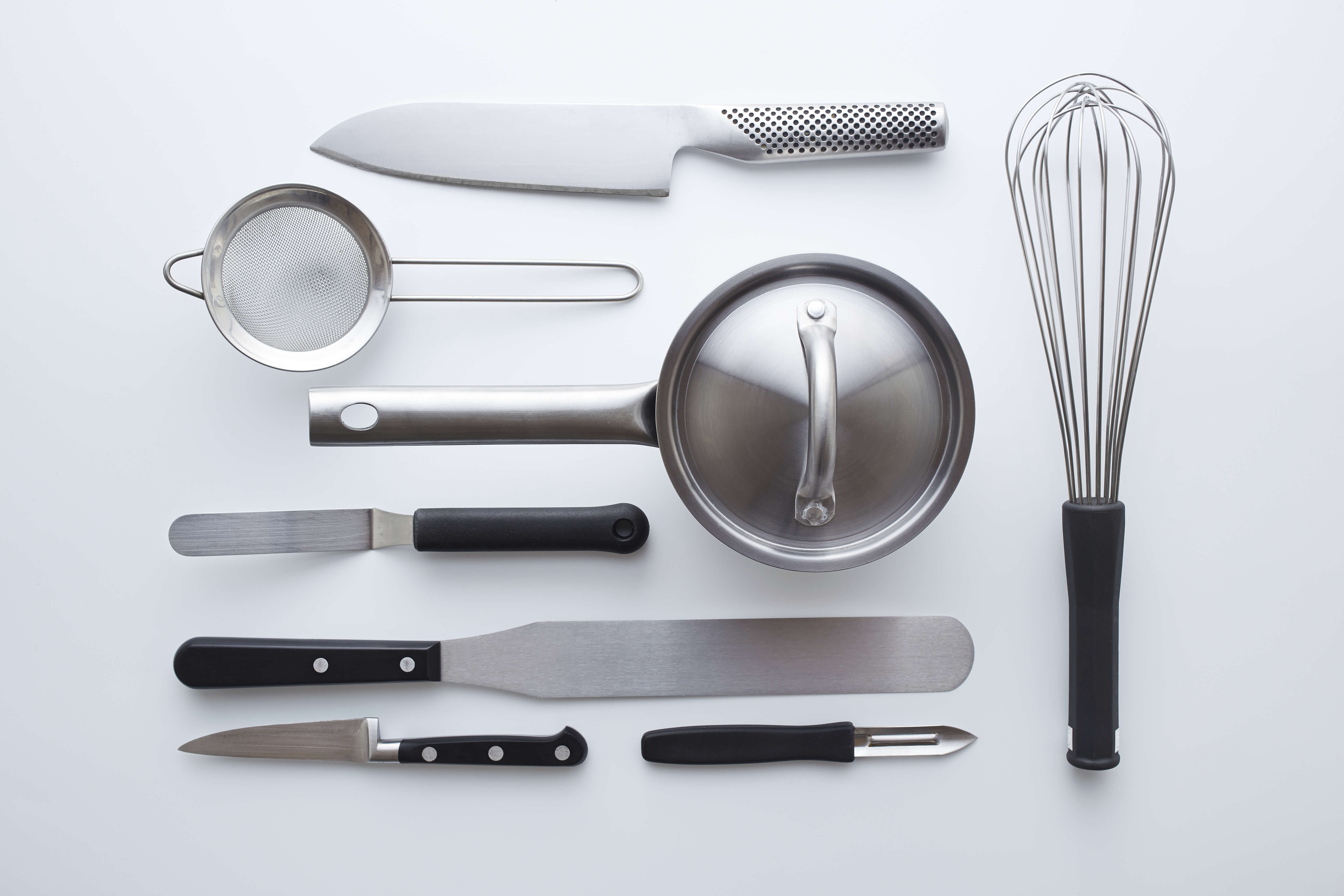Proper Ways To Clean Your Kitchen Utensils

To master home cooking, you need to practice often. That means there will be a lot of cleanup! Without proper cleaning methods, you could damage your pricey tools. Or, you could end up with a bacterial problem that will make your kitchen unsafe.
Fortunately, cleaning your kitchen utensils is easy when you know the right techniques. And you probably have everything you’ll need to keep your utensils clean in the kitchen already.
Cleaning Your Cookware
Cookware can stand up to high heat, so you may think it can withstand the dishwasher. That’s often not the case!
Here’s how to keep the pots and pans spick and span.
Stainless Steel
Stainless steel is durable and attractive. But it’s not nonstick, so it can be a trick to clean.
To start, wash by hand with hot, soapy water. If there’s burnt food that you can’t remove, make a slurry of warm water and baking soda. Let it sit for a few minutes, and scrub with the rough side of a scouring pad. Don’t use steel wool, or you risk scratching your pans.
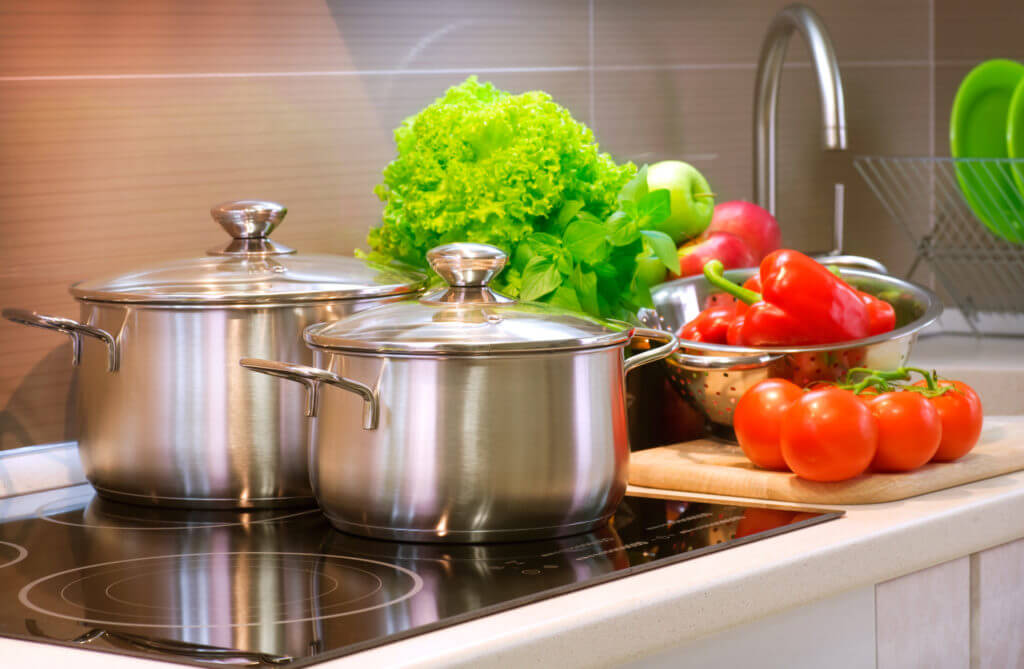
Cast Iron Skillet
Some people avoid cast iron, because they’re concerned about the maintenance. These humble-looking skillets aren’t hard to keep in tip-top shape, as long as you know a few tricks!
Cast iron gets its slick interior surface from “seasoning” — adding fat (usually oil) to the pan to create a protective coating. Common wisdom says soap will cut through that fat, and your pan will lose its nonstick properties, so you can’t use soap to clean cast iron.
According to Lodge, the most famous manufacturer of cast iron cookware, you actually can use a little dish soap and a scrub brush to clean your cast iron. But if you’re still wary, you can skip it.
Instead, rinse the skillet while it’s still warm and scrub it with a brush. If there are stubborn crusty bits, add a little coarse kosher salt and water and scrub. Rinse well. To re-season, add a bit of cooking oil and rub it all around the inside of the pan.
Rust is the enemy of cast iron, so heat your skillet on a stove burner or in the oven for a few minutes to make sure any water has evaporated.
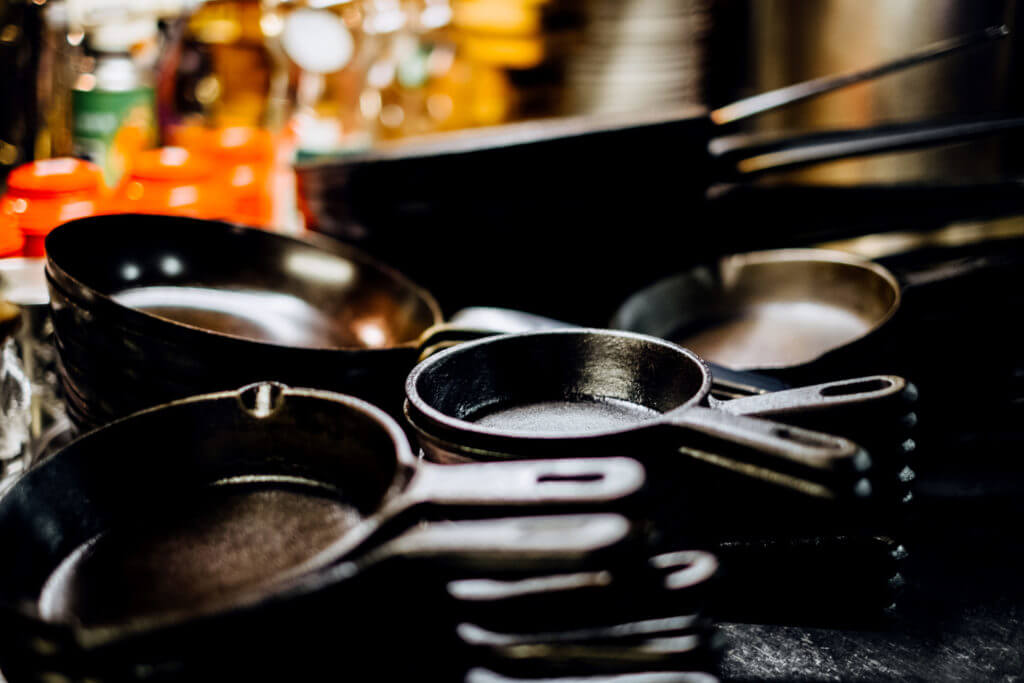
Nonstick Pans
Nonstick pans are convenient for cooking, but you have to look after them to avoid damaging the nonstick surface. That means abrasive cleaners and the dishwasher are both out.
Instead, just use soapy water and a soft sponge. For stubborn stickiness, soak them in hot soapy water.
When the nonstick coating begins to flake, it’s time to replace these pans.
Cutting Tools
Anything with blades must be handled carefully! Here’s how to keep some of your cutting tools in sharp shape.
Knives
Any chef will tell you — never in the dishwasher! The heat and detergent will dull your knives prematurely.
Wash your knives by hand carefully with soap and water, keeping the blade pointed away from you. Never soak knives in a full, soapy sink where you can’t easily see them. Someone might reach into the water and cut themselves.
Only soak knives in shallow, clear water where they’re easy to see.
Culinary & Pastry Career Survey
Culinary & Pastry Career Survey
What's your ideal culinary career? Answer 20 simple questions and see if your dream career gets revealed to you.
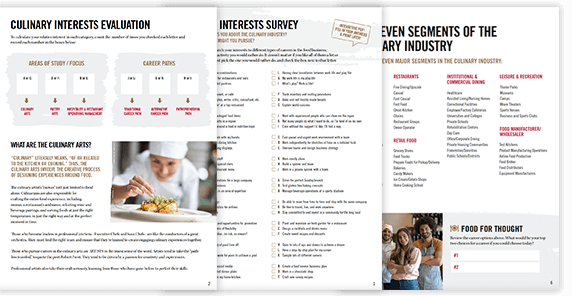
We’ve compiled of all of the essential questions into one handy guide: Career options, description of skill requirements, and more!
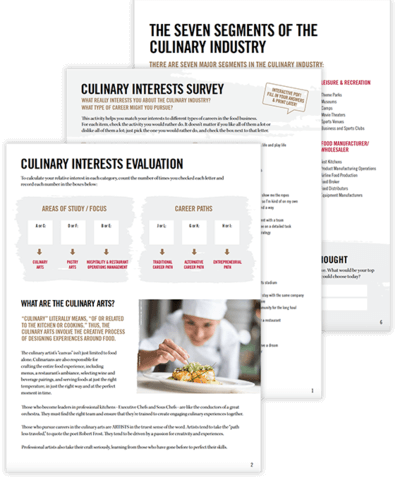

Cutting Boards
The safety of plastic versus wood cutting boards has been debated for ages.
Plastic usually seems like a safer bet, since any bacteria would simply sit on the surface and be easy to clean. The problem is that plastic cutting boards get tiny knife grooves with use. Bacteria settles in the grooves and is nearly impossible to remove.
With wood cutting boards, bacteria actually sinks into the grain. But wood holds antibacterial properties that kill the germs. Wood is also easier on your knives.
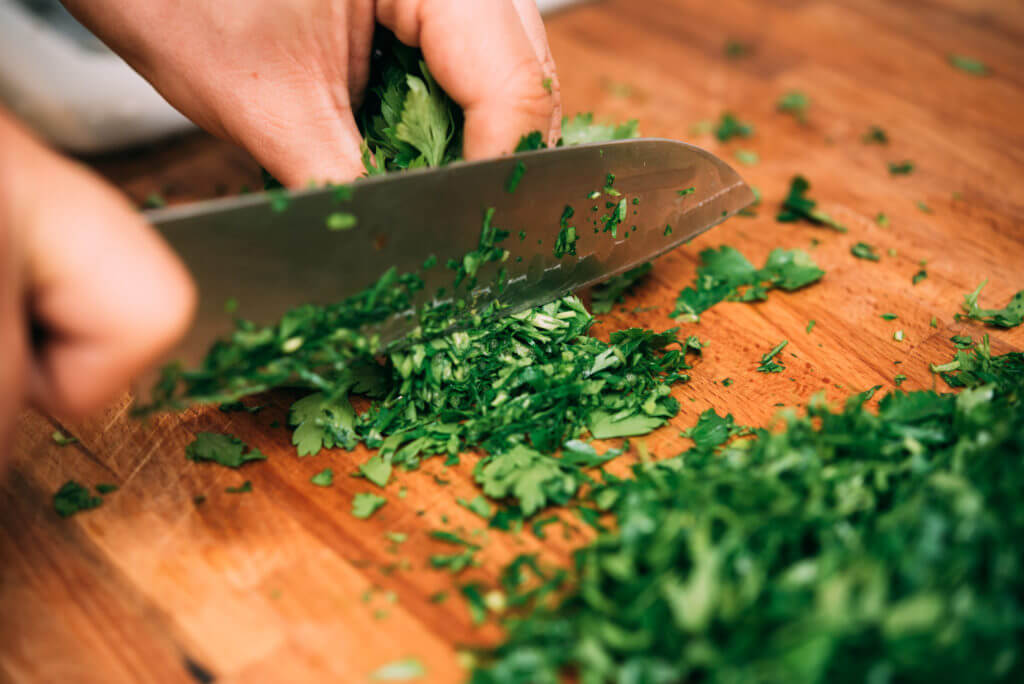 Whichever you prefer, a good safety measure is to use only one cutting board for raw meat, and another for produce to prevent cross contamination.
Whichever you prefer, a good safety measure is to use only one cutting board for raw meat, and another for produce to prevent cross contamination.
Plastic cutting boards are dishwasher safe, and the hot cycle can get them nice and clean. If you do wash by hand, use a firm scrub brush that can get into any grooves. When groves and cuts get deep, it’s time for a replacement.
Wood cutting boards should be hand washed with soap and water, then propped upright to dry. Every month or so, sprinkle the cutting board with salt and scrub it with the cut half of a lemon. Let it sit for a few minutes before rinsing and drying. Wood boards should also be oiled monthly with a food grade mineral oil to keep them from drying out.
Microplane or Cheese Grater
The dishwasher may reduce the lifespan of these stainless steel tools, so it’s best to wash them by hand. Try to clean them soon after use, before cheese or veggies dry out and get stuck.
Soak them in warm soapy water for a few minutes before wiping with a soapy sponge in the direction of the blades. Rinse well.
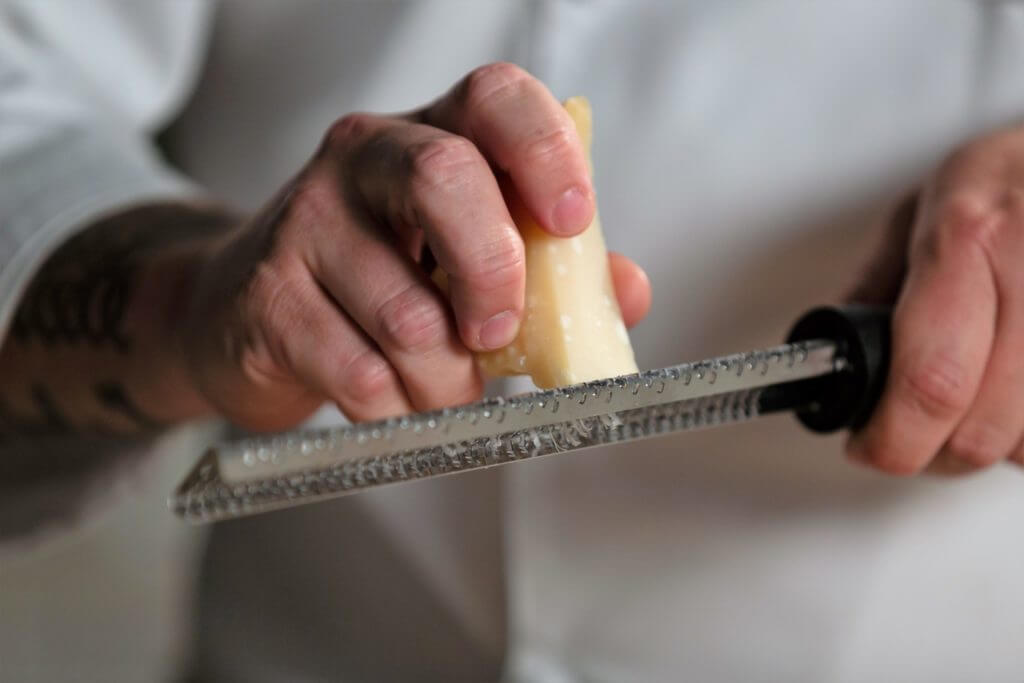
Hand Tools
A well-stocked kitchen could have dozens of hand tools, so we’ll just focus on a few.
Wooden Spoons
Like all wood tools, wooden spoons should stay out of the dishwasher. Wash them by hand with warm soapy water.
Prolonged exposure to water will open the grain and damage the wood, so don’t let them soak. And just like cutting boards, you can oil them when they look dry with a food grade mineral oil.
Whisk
It may be a good idea to keep these out of the dishwasher. The heat from the dishwasher can dissolve the glue between the handle and the wire loops.
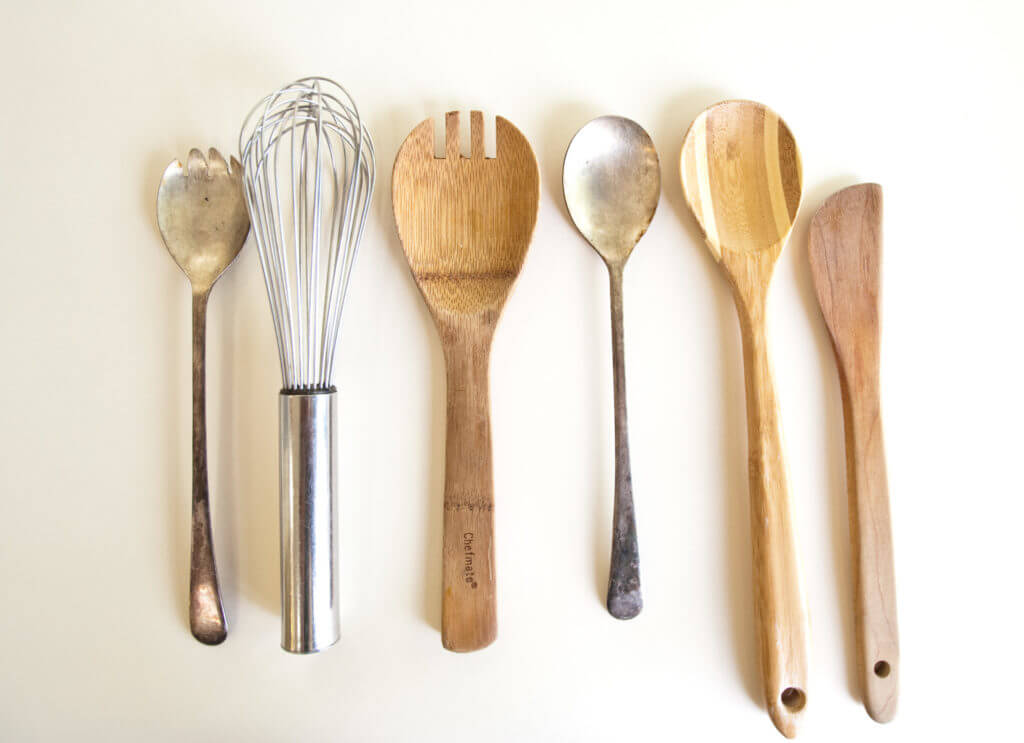
Clean them the way you use them! Add soap and hot water to a bowl, and whisk vigorously. Then rinse well and let air dry.
Rolling Pins
If your pin is wood, always wash by hand. For marble, just wipe it clean with a damp cloth and hand dry. You can use some soapy water if necessary, but rinse and dry right away.
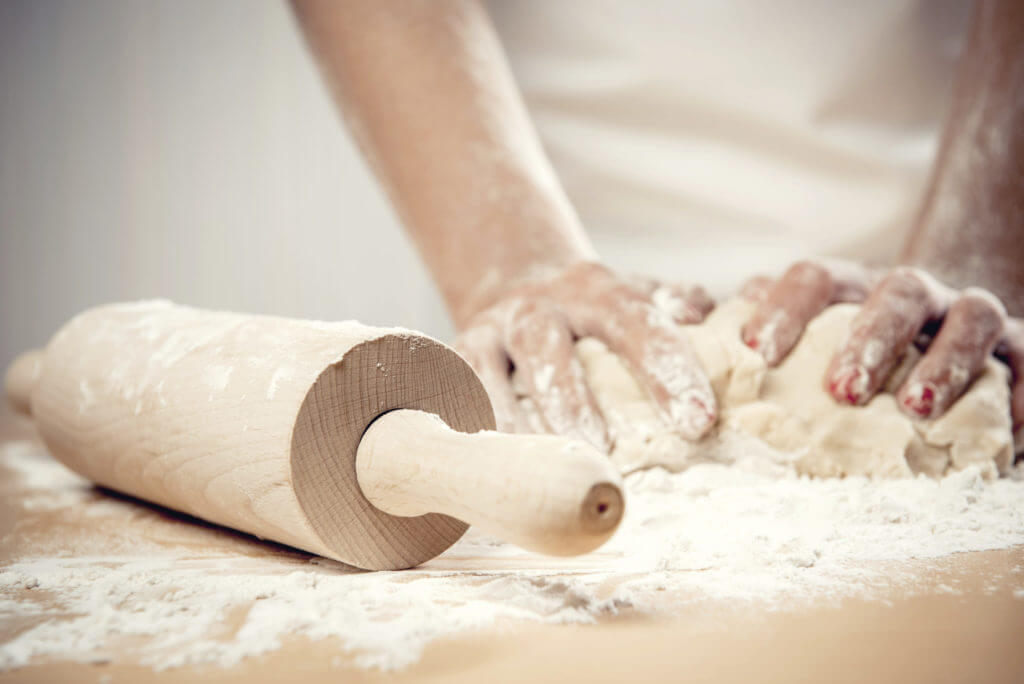
For a silicone or plastic rolling pin, check the manufacturer’s instructions. Some may be dishwasher safe. If you’re not sure, hand washing is always a safe bet!
Keep it Clean
Every master artist has to know how to care for their tools, whether they’re paintbrushes, chisels, or kitchen utensils.
Care for yours to give them a long lifespan and avoid pricey replacements!
To learn more about mastering home cooking, sample a wide variety of online classes with a 2-week free trial through our partnership with America’s Test Kitchen! Or earn a culinary & pastry degree and diploma from Auguste Escoffier School of Culinary Arts.
Interested in learning more? Try these articles next:
- An Introduction to the 5 French Mother Sauces
- 4 Tips to Become an Artist in Plating
- Technique Tuesday — Grill, Fillet, and Whisk
This article was originally published on December 7, 2015, and has since been edited.

